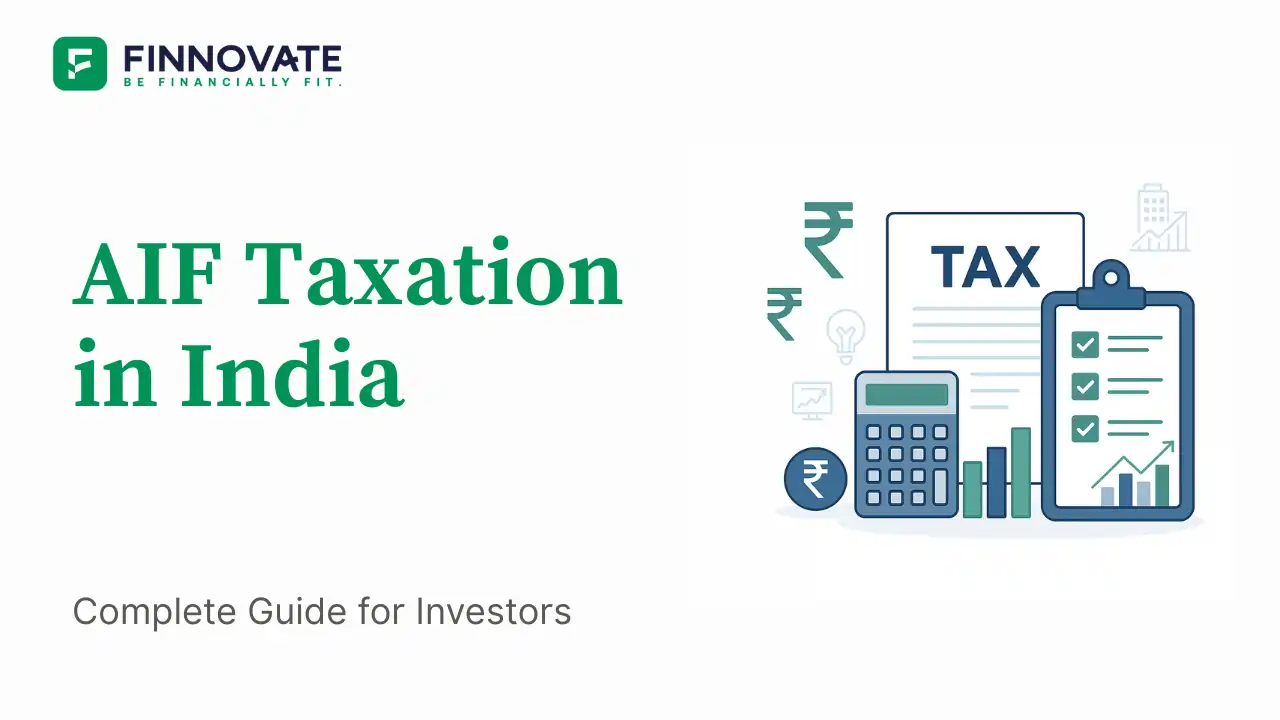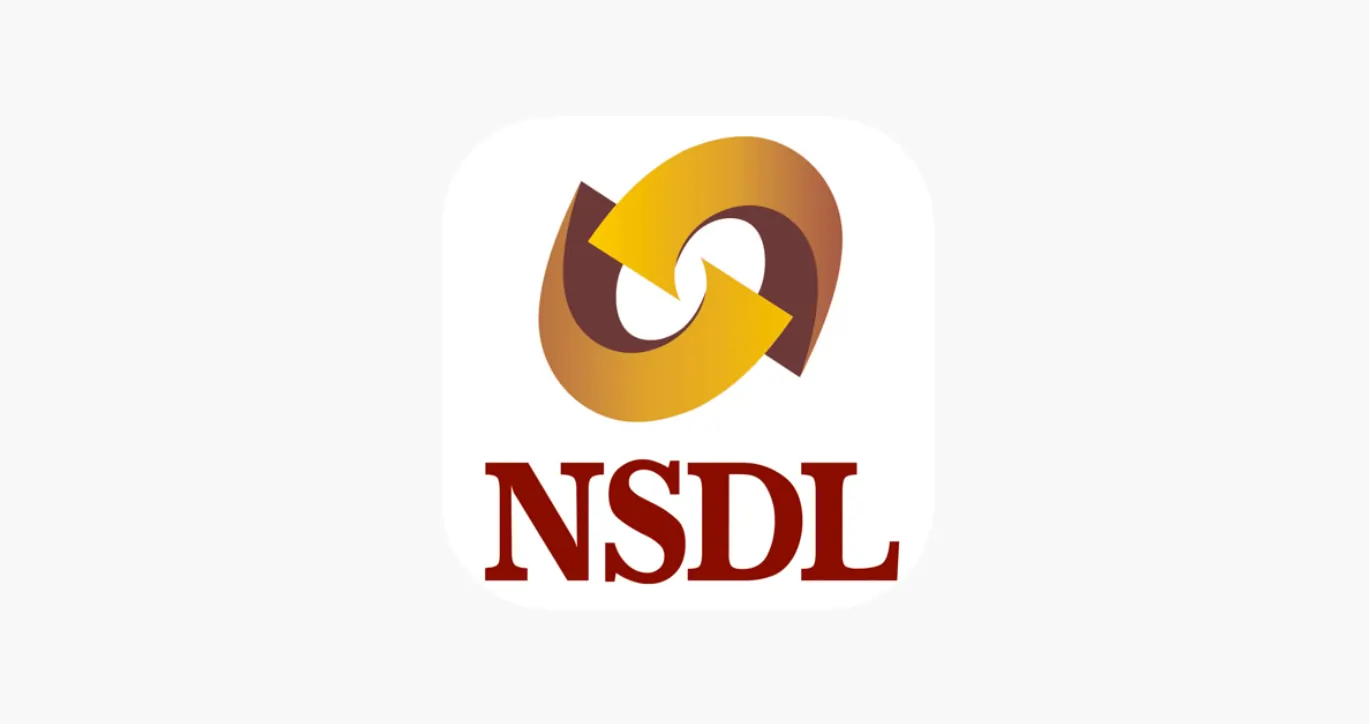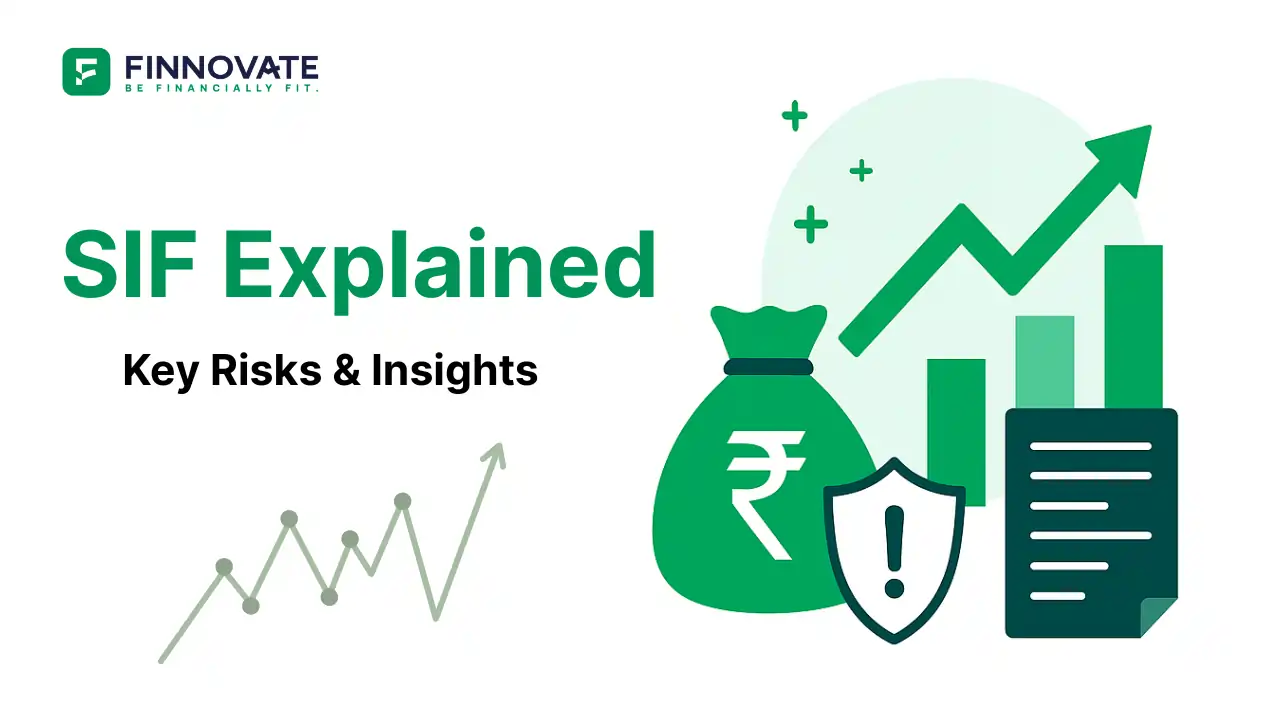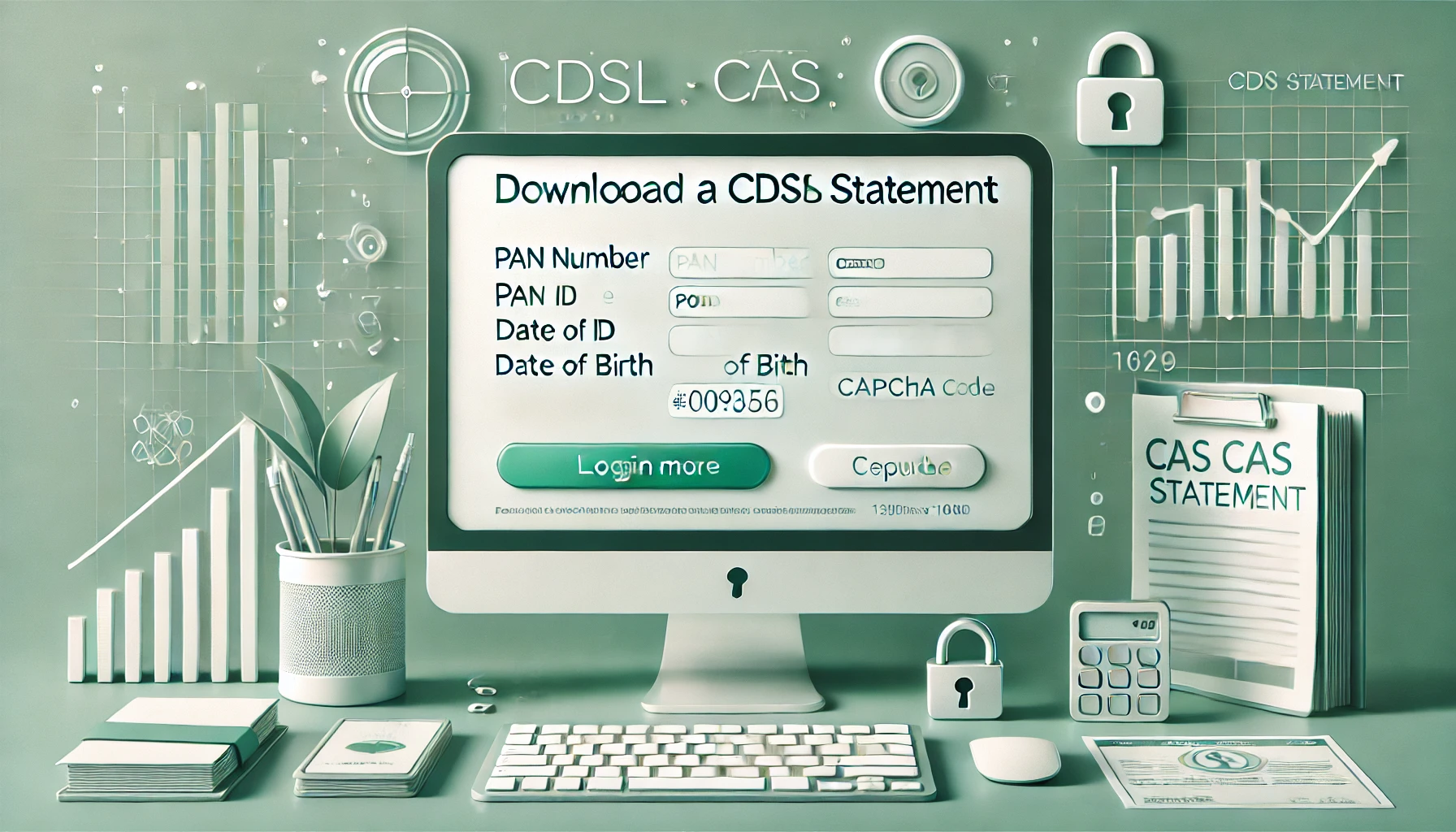
AIF Taxation in India: Rules, Rates, and Investor Guide (2026)
Learn how Alternative Investment Funds (AIFs) are taxed in India. Covers Category I, II, I...
In recent years, many high-net-worth investors in India have started looking beyond mutual funds and fixed deposits. They want investments that can offer higher returns, access niche strategies, and diversify beyond traditional markets.
One option that has gained traction is the Alternative Investment Fund, or AIF. While AIFs have been around in India since 2012, awareness among retail investors is still low - and they remain largely an advanced investment product.
An Alternative Investment Fund is a privately pooled investment vehicle that collects money from investors - Indian or foreign - and invests it according to a defined strategy. AIFs are regulated into three categories by SEBI. AIF Categories Explained.
Unlike mutual funds, AIFs cater to sophisticated investors and can invest in a wide range of assets, including:
Regulation: In India, AIFs are regulated by the Securities and Exchange Board of India (SEBI) under the SEBI (Alternative Investment Funds) Regulations, 2012.
Here’s a quick look at how AIFs compare to other popular investment vehicles:
| Feature | AIF | Mutual Fund | PMS (Portfolio Management Service) |
|---|---|---|---|
| Regulation | SEBI AIF Regulations, 2012 | SEBI Mutual Fund Regs | SEBI PMS Regulations |
| Minimum Investment | ₹1 crore | ₹500–₹5,000 | ₹50 lakh |
| Investor Type | Accredited / HNIs | Retail + HNI | HNIs |
| Asset Flexibility | High (can invest in unlisted, derivatives, etc.) | Limited to listed securities | High (listed + some unlisted) |
| Liquidity | Lower (lock-in common) | High (open-ended funds) | Moderate |
SEBI classifies AIFs into three broad categories:
Invests in start-ups, early-stage ventures, social ventures, infrastructure, or other sectors considered socially/economically desirable.
Includes private equity funds, debt funds, and other funds that do not fall under Category I or III and do not use leverage beyond limited purposes.
Uses diverse or complex trading strategies, including derivatives, for short-term returns (similar to hedge funds).
AIF Categories explained in detail. Learn More.
Potential Benefits:
While AIFs can be attractive for the right investor, they are not for everyone.
They might not be suitable if:
AIFs represent the sophisticated end of the Indian investment spectrum. They can play a valuable role in a high-net-worth investor’s portfolio, provided the investor understands the structure, risks, and long-term nature of such commitments.
Once you understand the basics, the next step is learning about the three categories of AIFs and how they differ - Read the AIF Categories Guide →. AIF Categories in India Explained - Category I, II & III
Disclaimer: This article is for educational purposes only and should not be considered investment advice. Please consult a SEBI-registered investment adviser before making any investment decisions.
Popular now

Learn how to easily download your NSDL CAS Statement in PDF format with our step-by-step g...

Explore what Specialised Investment Funds (SIFs) are, their benefits, taxation, minimum in...

Learn How to Download Your CDSL CAS Statement with our step-by-step guide. Easy instructio...

Looking for the best financial freedom books? Here’s a handpicked 2026 reading list with...